Rainbow VillageHuang Yongfu
Extant
Lane 56, Chunan Road, Nantun District, 408, Taiwan
2000s to present
Rainbow Village is open every day from 8am to 6pm.
About the Artist/Site
I initially discovered this site rather randomly on the internet. The environment that surrounds it is rather strange: an immense terrain recently mowed, from which several motley shacks are visible. I learned that this site was an old and “temporary” military village, one of many of this type constructed hastily at the end of the Chinese civil war to house Chiang Kai Shek’s nationalist army, used by his soldiers before they intended to move on to reconquer the continent. But, of course, we know that this is not what happened, and although most of these military compounds were destroyed and their residents relocated, some continued to exist, including the “temporary” village on the outskirts of Taizhong. A very small number of occupants continued to live there, and they were left to themselves until the very recent past.
But one of these inhabitants was Huang Yongfu, a Chinese-born soldier from the rather modest Hong Kong neighborhood of Koolong, who had enlisted in the nationalist army of the Kuomintang. He ended up, therefore, quite young, in Taiwan, where he passed most of his life in different military quarters, before settling in what has become known as the Rainbow Village. The entire village would have been entirely razed by now if Huang, moved by an incontrollable desire to decorate his universe, hadn’t taken up a brush at the age of 80.
This painting took place in a very gradual manner, and at the beginning was almost clandestine. Huang painted at night, and he began to decorate the exteriors of the shacks with little touches, without admitting at first that he was the painter. Once his secret was discovered by the neighborhood, it was greeted positively, so Huang was therefore invited and encouraged to let his imagination run free, and to paint the walls of his neighbors’ homes as well, in order to provide a more coherent look to the village.
Huang’s imagination turned out to be as boundless and exuberant as his own personality was modest and his oral expression measured. The images represent a joyous disorder, with people, animals, and floral ornaments creating a beautiful effect. He also included naïve sentences exalting peace, happiness, and giving thanks to the gods (he appears to be part Buddhist and part Taoist, like most Taiwanese).
Every night, around 3 am, Huang—who went to bed at 8 pm—got up and went out to paint or repaint his visions by the light of the streetlights. According to those who were able to see him in action, it seemed as if he were in a sort of trance, absolutely deaf and blind to the surrounding environment, like mediumistic creators. When he was asked about the identity of the people that he was representing, he stated that most of them were unknown to him and came from another world. Some are, however, identifiable contemporary people: characters from television or sports, such as Jeremy Lin, the well known Taiwanese basketball player who plays for an American team in the NBA.
After his nighttime labors, Huang, who leads a very regulated life, would go back to the single room in which he had lived for decades, and would eat a well-deserved breakfast. He then reserved the beginning of his morning to create two—and only two—designs on paper, every day, representing more or less fantastic people or animals in the same style as those represented on the exterior of the buildings.
The site had been condemned and slated for destruction until young students from a nearby university discovered these surprising decorations. Chinese superstition and the natural flow of information did the rest, and soon the quarter became a preferred destination for, among others, young married couples and others hoping for happiness. A petition was put forth to save the site from speculators and development, and finally the mayor of the village became involved and assured the public that he would preserve the site. Therefore, as the morning hours wear on, the decorated alley becomes invaded by dozens—or, on some days, even hundreds—of young people coming to take photographs.
I was very surprised by the extreme youth of most of the visitors, but the reasons for their interest in this place can be explained in part thusly: they are by nature superstitious because of the bright colors, and because of the kindhearted sentences exalting love, happiness, and peace, in much the same way that the Japanese manga-type appearance of some of the designs are evocative of the naive innocence of children. This has all contributed to transform the little alley into a temple dedicated to the god of happiness. These types of pilgrims express their wishes and their hopes on little folded papers that they hang from wires, completely covering certain sections of the walls.
This public turnout has clearly given rise to the beginning of commercial exploitation which, while still very modest (sales of postcards reproducing certain details of the walls), leaves one to fear a more industrial-strength future development. If up until recently the decorations painted by Huang were somewhat ignored by a disinterested government, during my second visit I encountered a cultural official from the village who didn’t hide the municipality’s intention to promote the site as a tourist attraction, making the city of Taizhong known beyond the borders of Taiwan. To this end they have built a parking area alongside the site and a square in which they have placed large stones and have erected cement panels, which they have invited Huang to cover. Likewise, certain exterior walls of the houses, which were still unpainted, have been resurfaced, and the honored artist has been freely invited to paint them as well. Huang Yongfu seems to be happy with all the attention that he has received, because, lacking sufficient space to paint, he is really bulimic about his available surfaces, to the point of ceaselessly painting and then repainting even the ground of the spaces that have been allotted to him.
~Remy Ricordeau
Translated by Jo Farb Hernández
Materials
paint
Map & Site Information
Lane 56, Chunan Road, 408
tw
Latitude/Longitude: 24.1335595 / 120.6090041
Nearby Environments


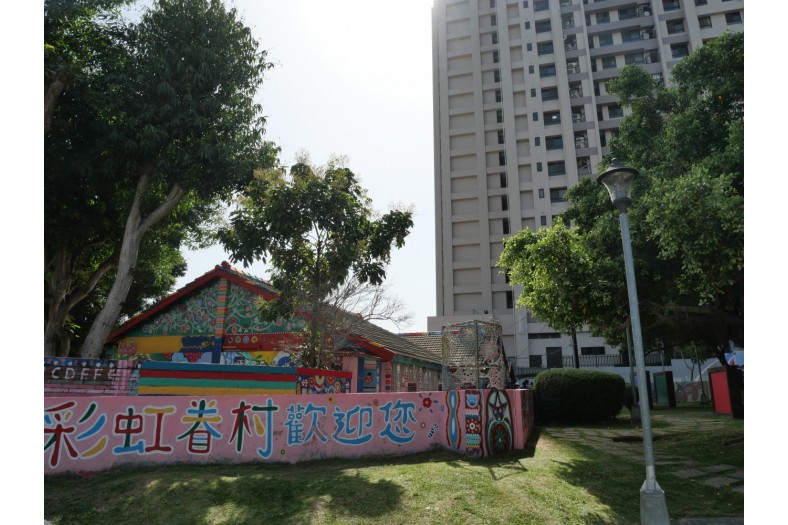
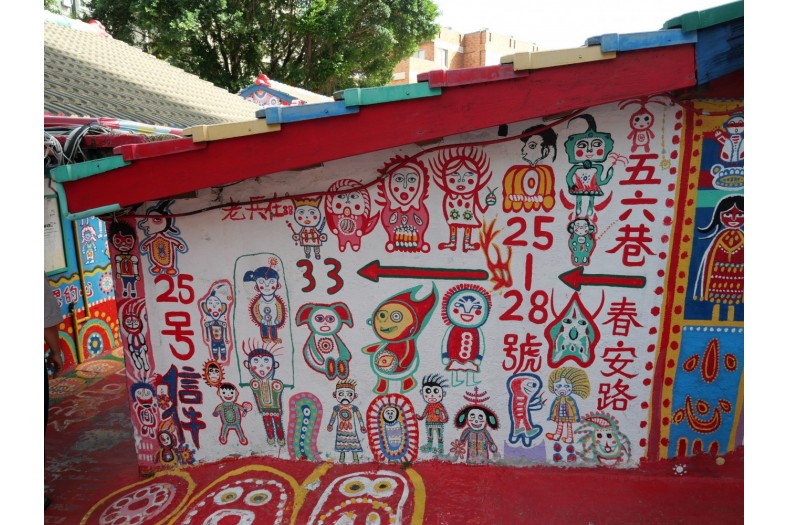
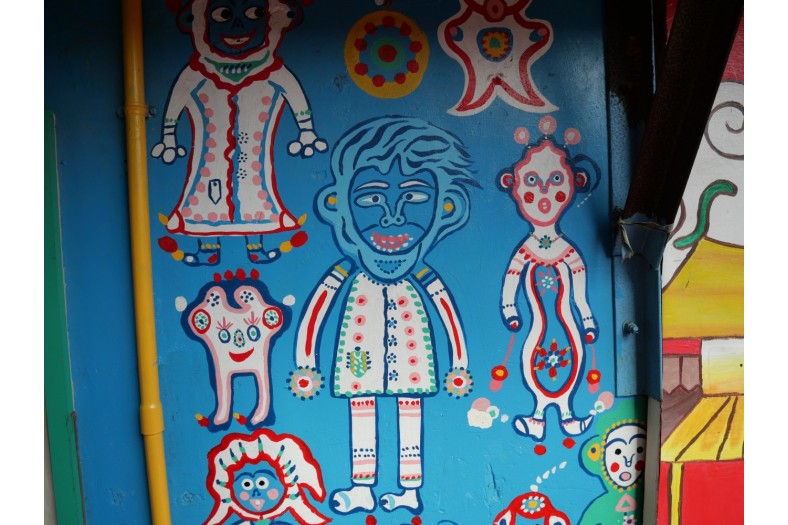
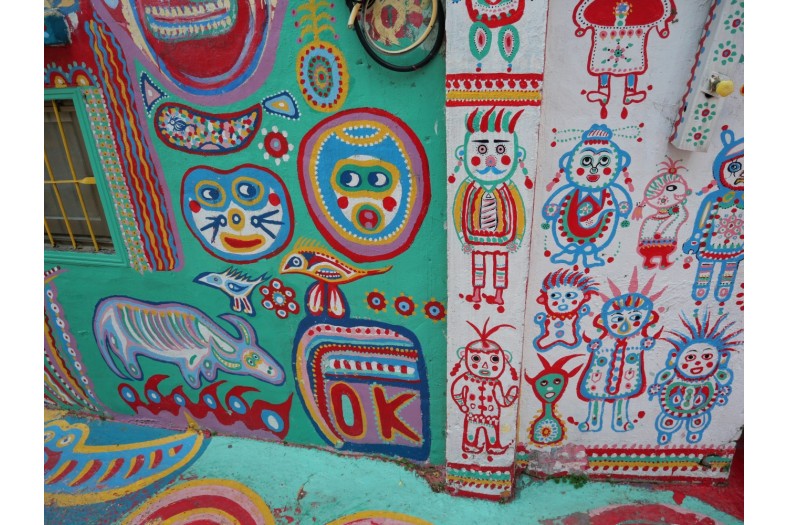
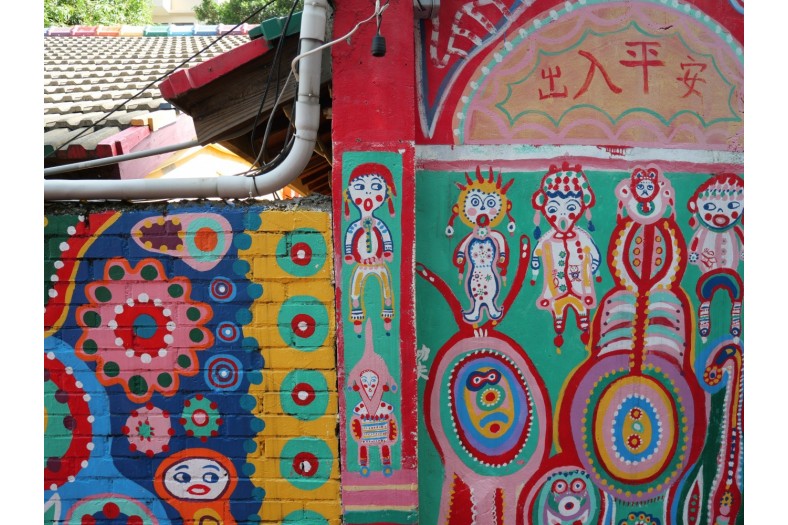
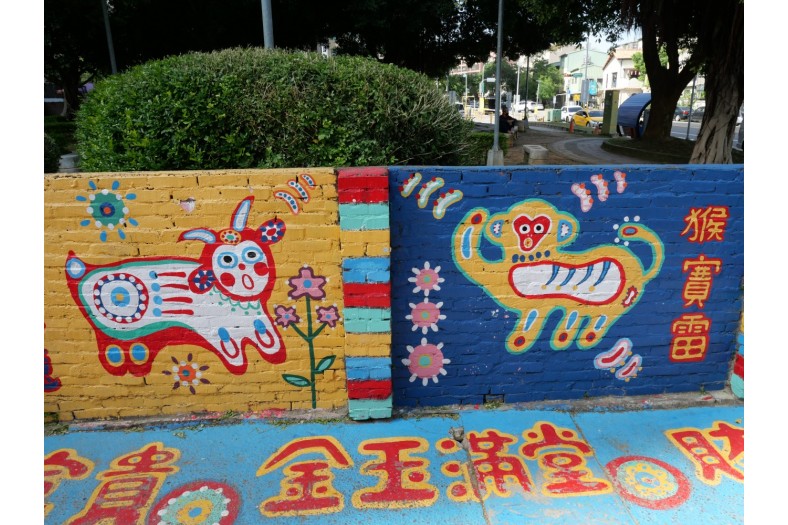
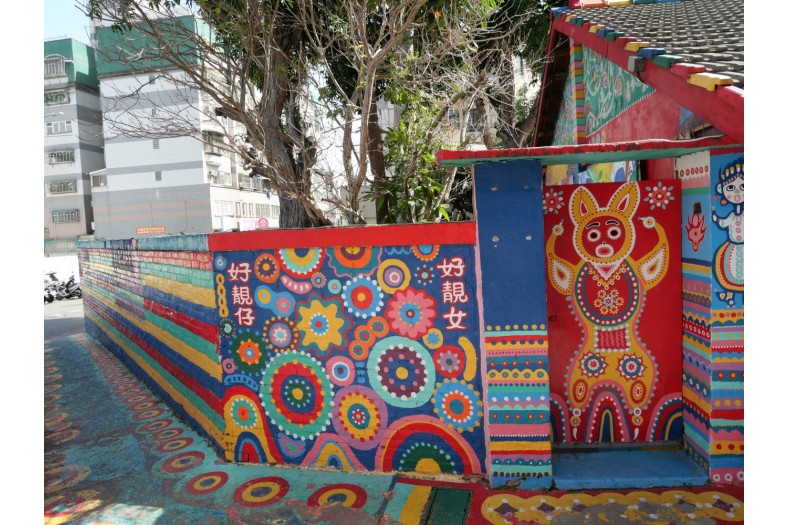
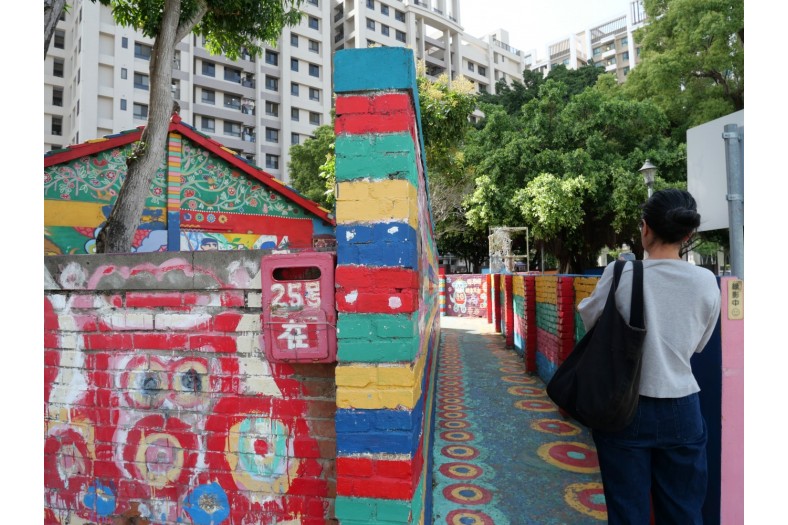
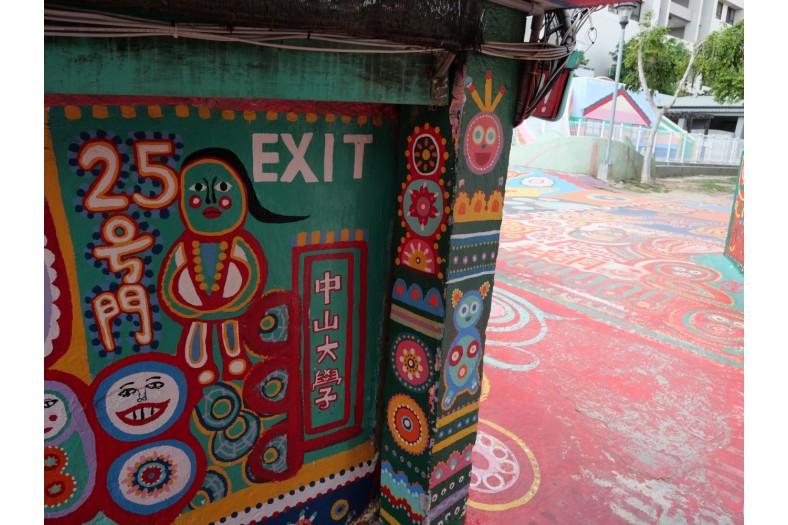
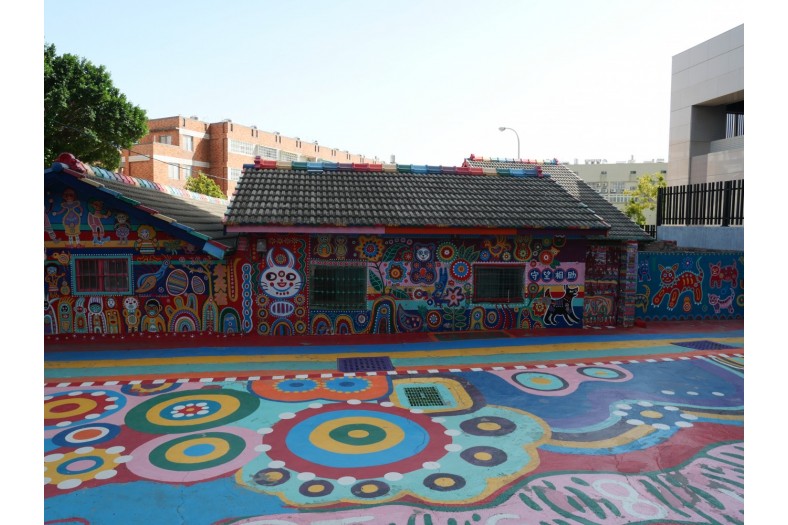
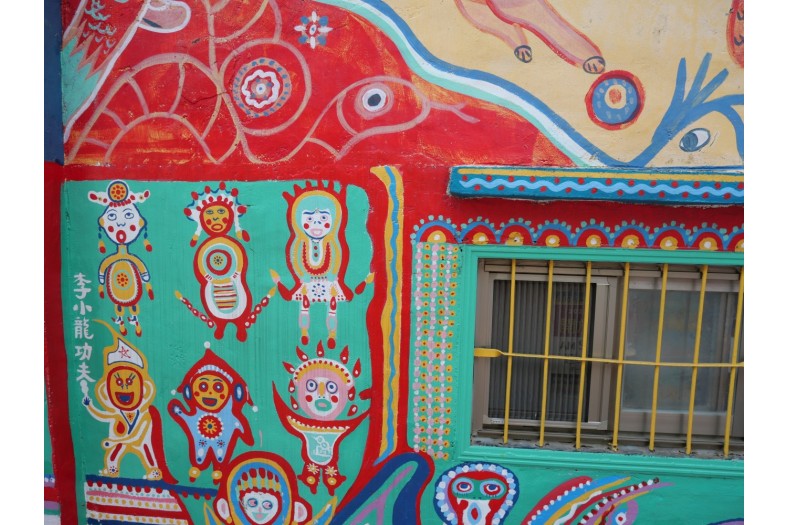
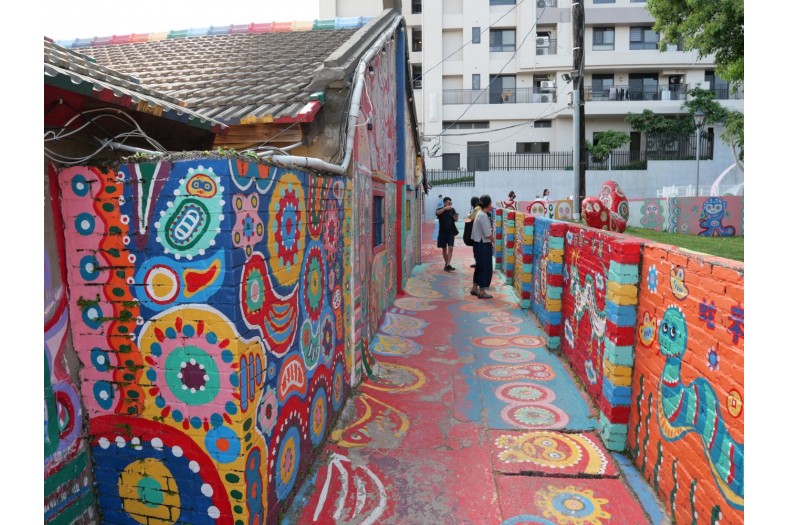
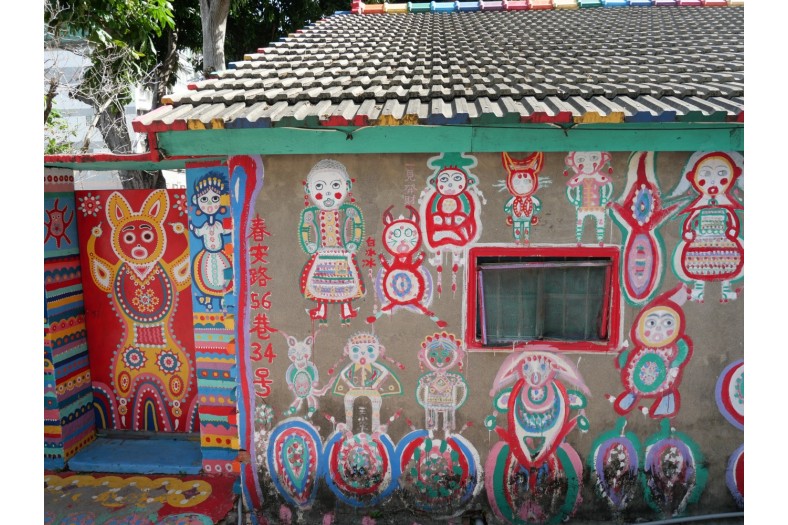
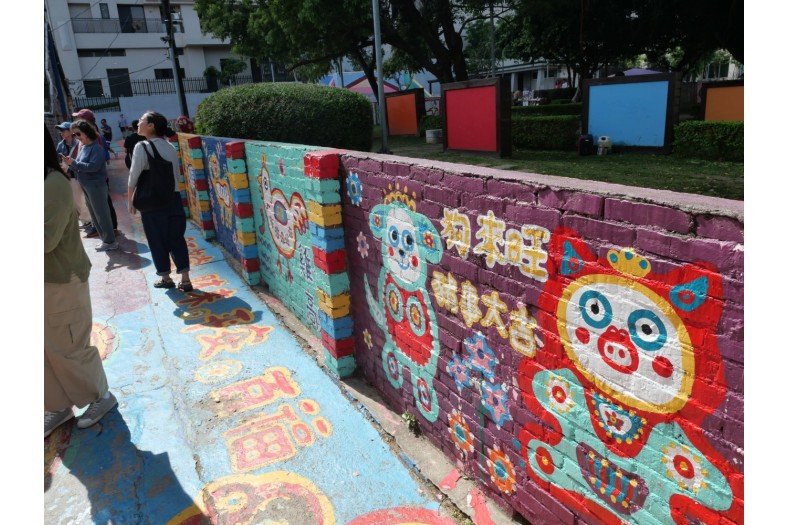
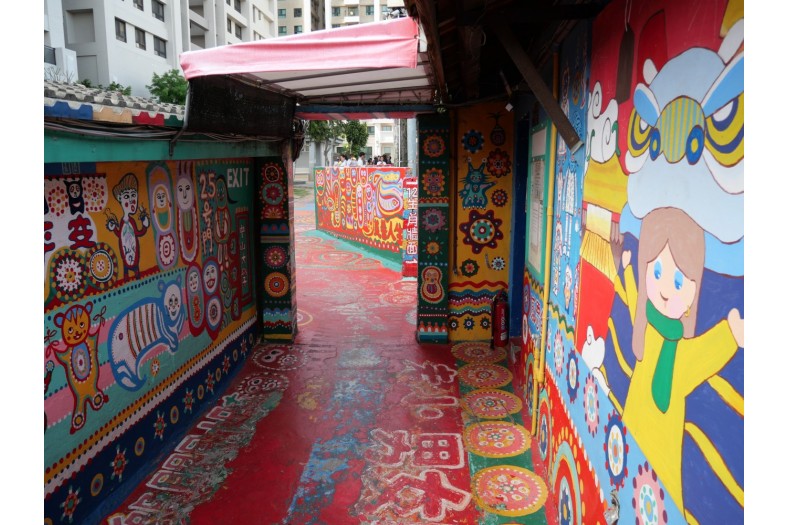
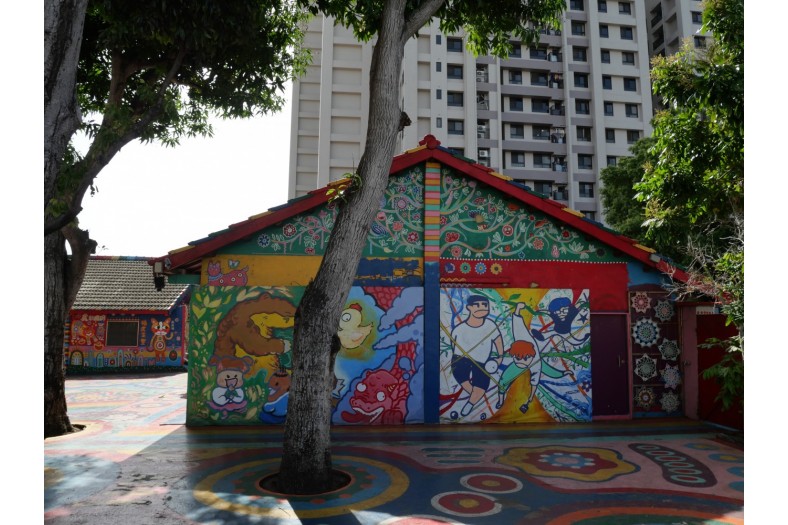
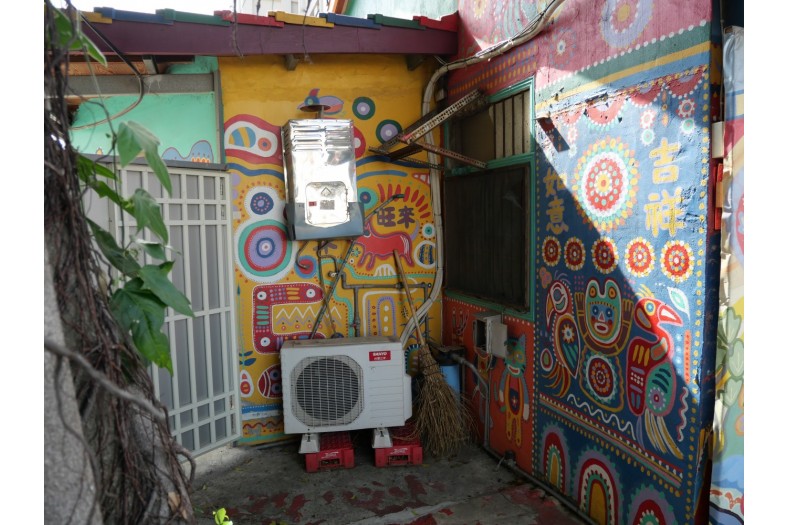
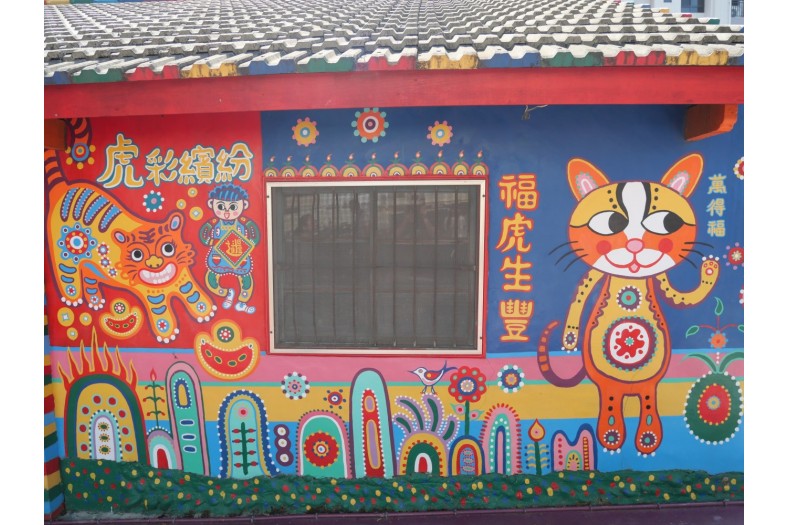
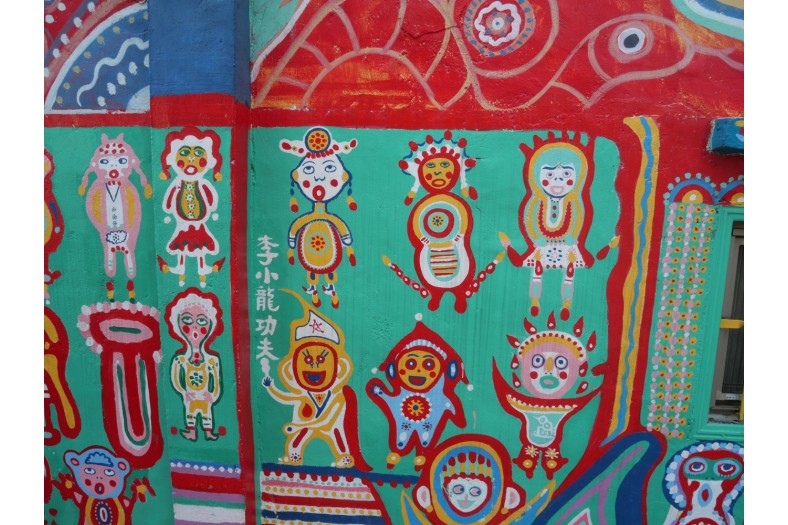
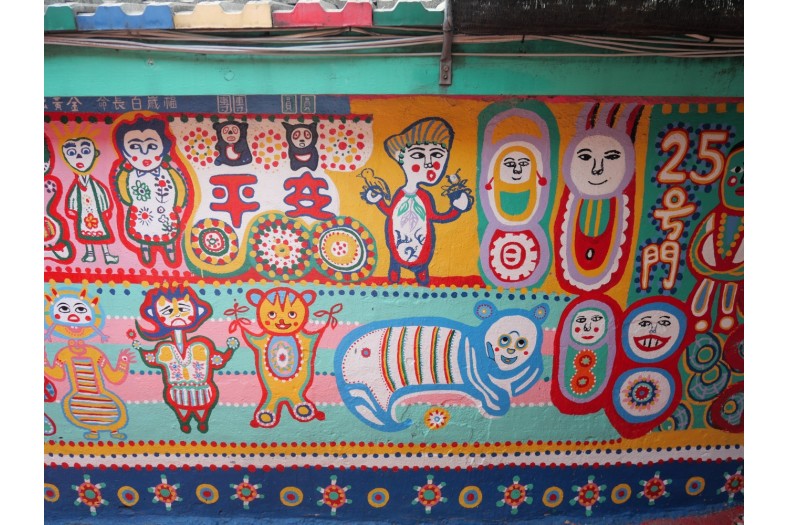
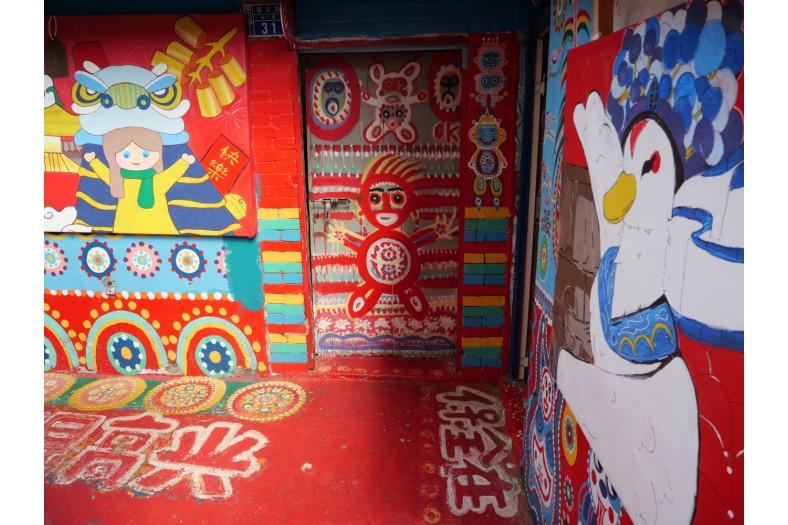
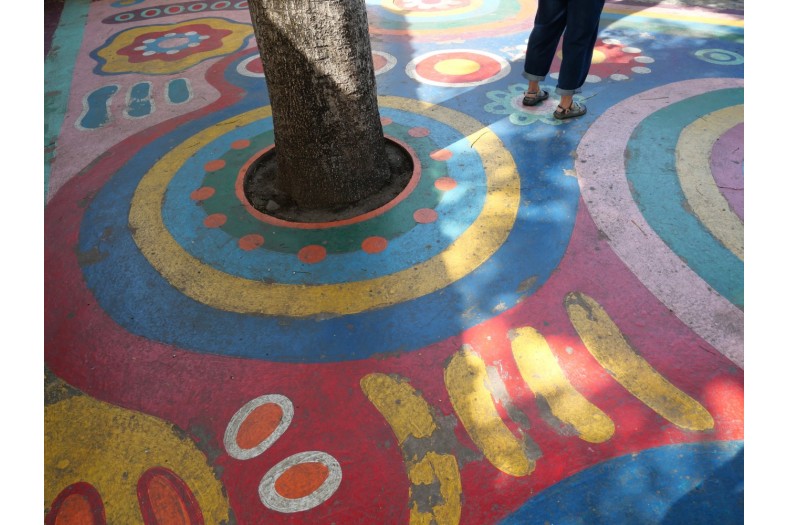
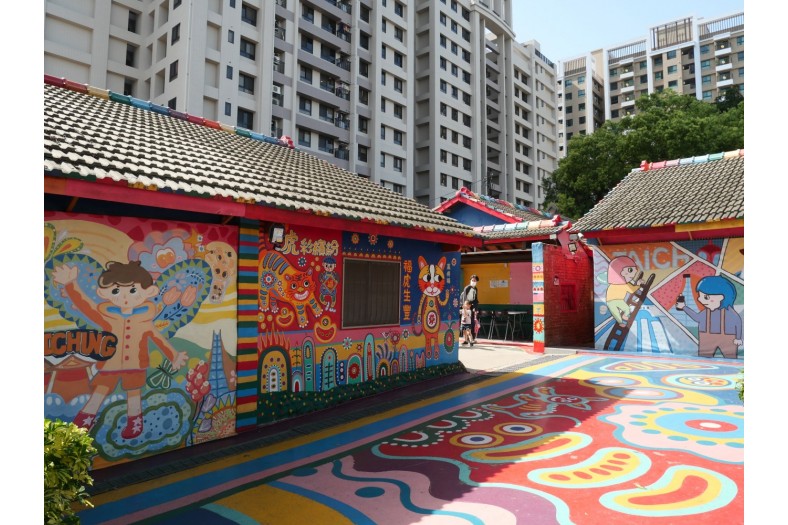
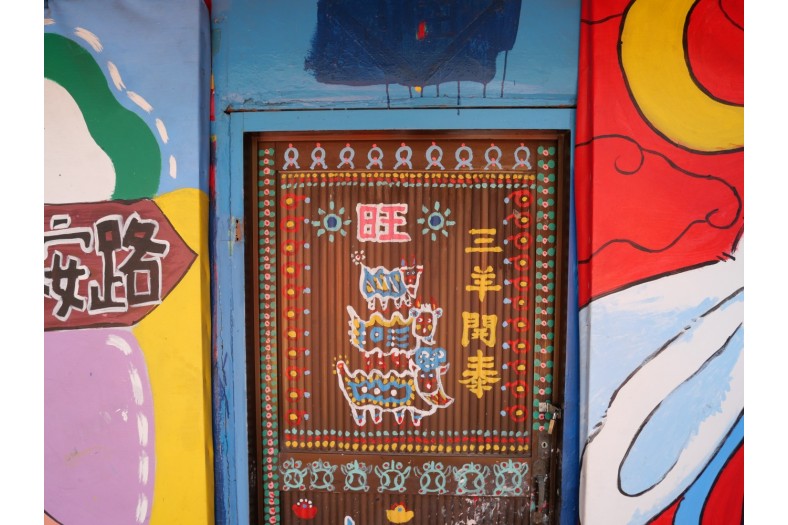
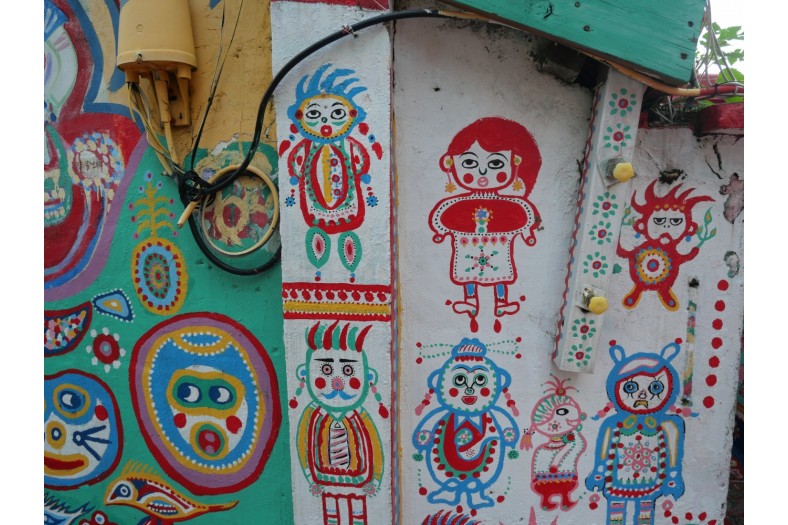
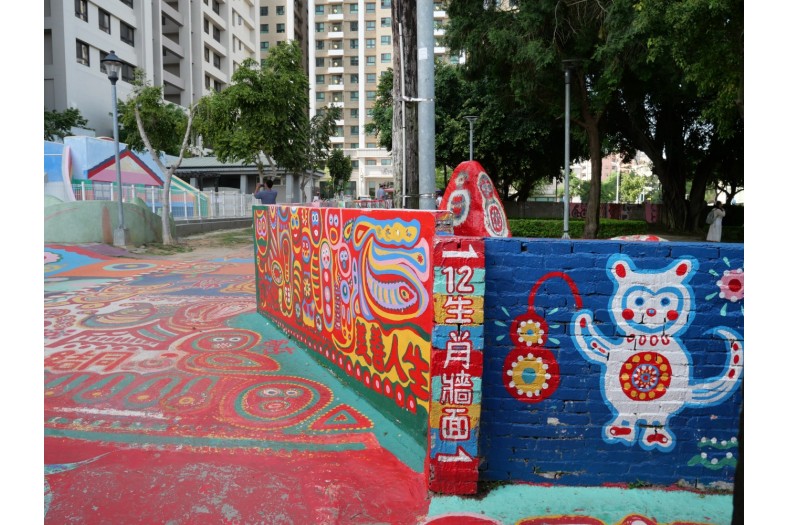
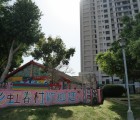
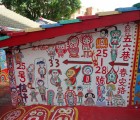
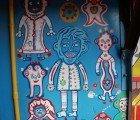
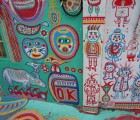
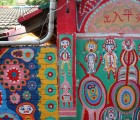
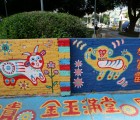
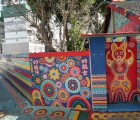
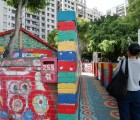
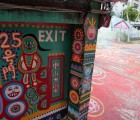
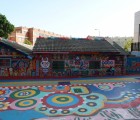
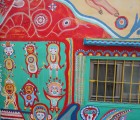
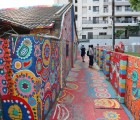
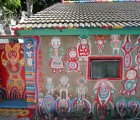
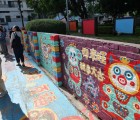
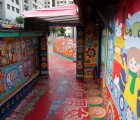
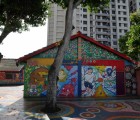
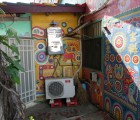
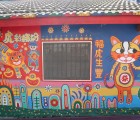
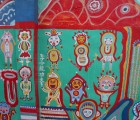
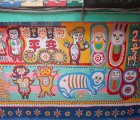
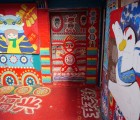
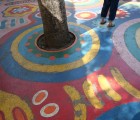
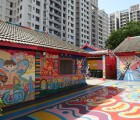
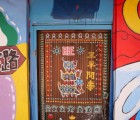
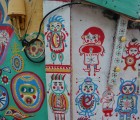
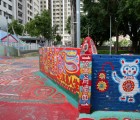
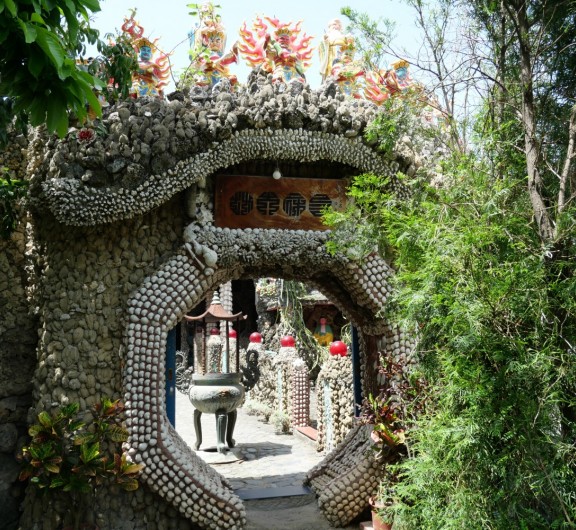

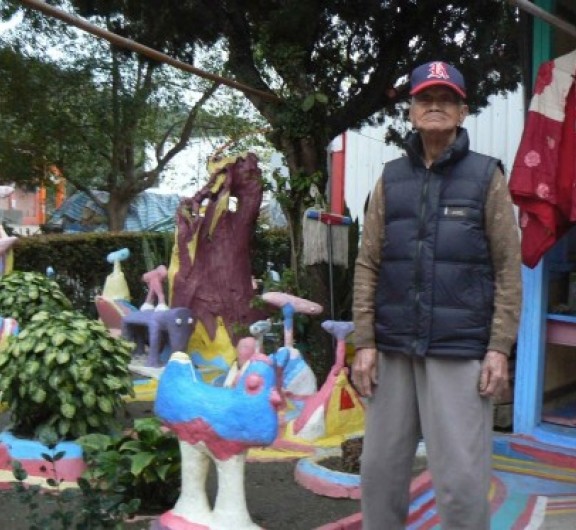

Post your comment
Comments
No one has commented on this page yet.